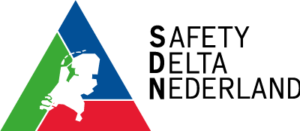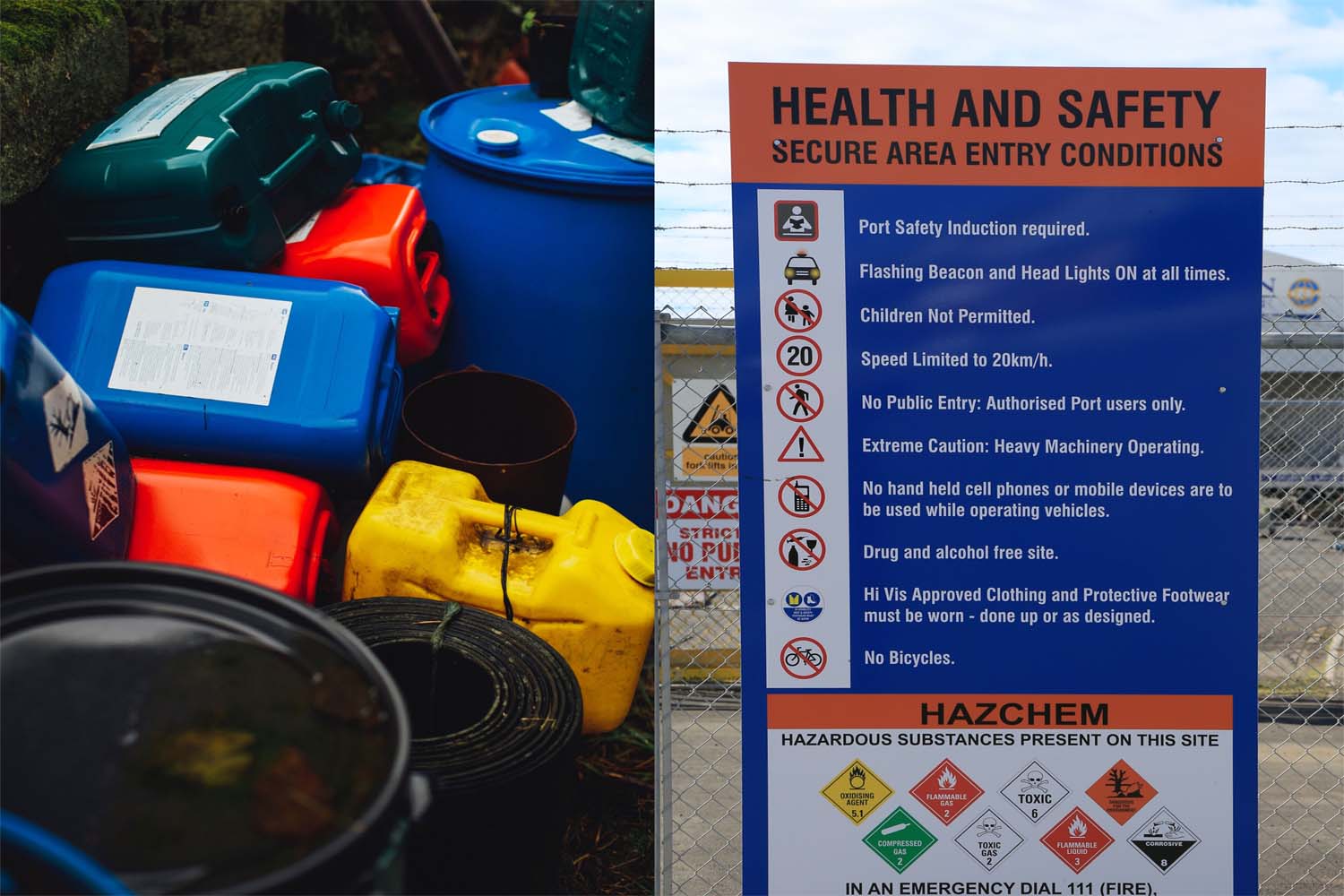Article - Brzo 2015 and the revised ARIE regulation
[ Source: website Dutch Labor Inspectorate, https://www.nlarbeidsinspectie.nl/onderwerpen/arie-regeling ]
Regulations are in place for companies in the Netherlands that work with large quantities of hazardous materials to protect employees, the environment and local residents.
Hazardous substances in large quantities pose specific risks for occupational and environmental safety. There are regulations for this: the Major Accident Hazards Decree 2015(Brzo 2015) and the Additional Regulations on Risk Inventory and Evaluation(ARIE Regulations) included in the Occupational Health and Safety Decree. Broadly speaking, the Brzo 2015 applies to larger companies and the ARIE regulation to smaller companies.
Companies must check for themselves whether the Brzo 2015 or ARIE regulations apply to them. If a company falls under the Brzo 2015 or the ARIE regulation, a notification of this must be made to the body issuing the environmental permit (Brzo 2015) or the Dutch Labor Inspectorate (ARIE regulation).
Review of ARIE regulations.
As of Jan. 1, 2023, a revised ARIE regulation is in effect.
The reason for revision is that in some respects the regulations were not user-friendly, and difficult to enforce. The consequence was that worker safety could not be adequately guaranteed.
The revised ARIE regulation is provides a link to the (future) Environment Act and Seveso establishments (the current Brzo 2015).
Brzo 2015
The Brzo 2015 contains legal rules to help minimize any safety risks when working with large quantities of hazardous substances. The Brzo 2015 is the Dutch elaboration of a European Directive for companies working with hazardous substances: the Seveso Directive III.
The regulations have two purposes:
- the prevention of major accidents with major consequences for people, the environment and infrastructure, and
- should something do go wrong, minimize the consequences of a major accident.
Brzo companies are therefore required to assess the risks of working with hazardous substances and take measures to protect people and the environment from them.
The Brzo 2015 places the responsibility for controlling safety risks on the company, and describes the goals the company must meet. The supervisors (Environment Agency, Dutch Labour Inspectorate, Fire Brigade) jointly ensure that the company manages working safely with hazardous substances properly and achieves these goals. To this end, they look in particular at the so-called safety management system that the company must use for this purpose. During an inspection, inspectors not only check whether the safety management system is properly described, they also check whether it works in concrete situations. Such an inspection is extensive, usually covers several days and requires great commitment from a company. For all Brzo companies, public summaries of the inspection results can be found on the BRZO+ website.
ARIE Scheme
If something goes wrong at companies covered by ARIE, it can also have major consequences for the health and safety of employees. In order to prevent major accidents involving hazardous substances or to minimize their consequences at these companies as well, the same rules broadly apply to them as to companies covered by the Brzo 2015.
These companies are therefore required to periodically conduct an Additional Risk Inventory and Evaluation (ARIE). The Working Conditions Decree, Chapter 2, Section 2, contains the specific ARIE rules.
To comply with legal regulations, an ARIE obligated company must, among other things:
- establish a safety management system based on inventoried incident scenarios,
- Have a prevention policy to prevent major accidents,
- have emergency plans to prepare for possible incidents.
Checking ARIE duty
Companies must check for themselves whether the ARIE regulation applies to them. They do this by
- take stock of which (categories of) hazardous substances they have - or may have - and in what quantities.
- to test whether quantities of hazardous substances exceed threshold levels.
There is a list of thresholds for categories of hazardous substances and one for specific substances. The (categories of) hazardous substances and the thresholds are listed in Annex I of the revised ARIE regulation and are based on European Regulation (EC) No. 1272/2008 on classification, labeling and packaging of substances and mixtures.
An example of a category: substances in the Acute Toxicity category, Category 1, all exposure routes have a threshold value of 1500 kg. An example of a specific substance: ethylene oxide has a threshold of 1500 kg.
If a business establishment's permit allows it to have more hazardous substances in house than the threshold values indicate, then that establishment is ARIE required. There is also a so-called summation rule: for all (categories of) hazardous substances within that establishment, the fractions (quantity divided by the threshold value) are added together. If the sum of the fractions exceeds 1, the establishment also falls under the ARIE regulation. Brzo companies are often also subject to ARIE. This does not apply, for example, when a Brzo company is designated on the basis of environmentally hazardous substances only.
ARIE mandatory companies must report to the Dutch Labor Inspectorate. This can be done through the online reporting form ARIE companies.
Supervision ARIE regulation
The inspection process for ARIE companies is similar to the inspection process for Brzo companies. Indeed, the obligations that ARIE companies must meet are similar. Two points where an ARIE inspection differs from a Brzo inspection:
- ARIE inspections, unlike Brzo inspections, are performed exclusively by the Dutch Labor Inspectorate, and
- take predominantly less time.
Inspectors from the Netherlands Labor Inspectorate will look at how ARIE companies have assessed their risks of working with hazardous substances, and what measures they have taken to prevent major accidents and limit their consequences. ARIE companies will also look at the safety management system. Findings are always recorded. This will also include any violations found.
Transition period revised ARIE regulation
If a company is already currently ARIE-compliant, the company must also comply with the revised ARIE regulations as of Jan. 1, 2023, with the exception of scenario and emergency plan preparation. Regular inspections will be conducted at these companies.
If the company becomes ARIE-obligated for the first time under the revised regulation, a transition period of 1 year applies. During this year, the company can implement the obligations of the ARIE regulation. For these companies, inspections in the first year focus primarily on education.


